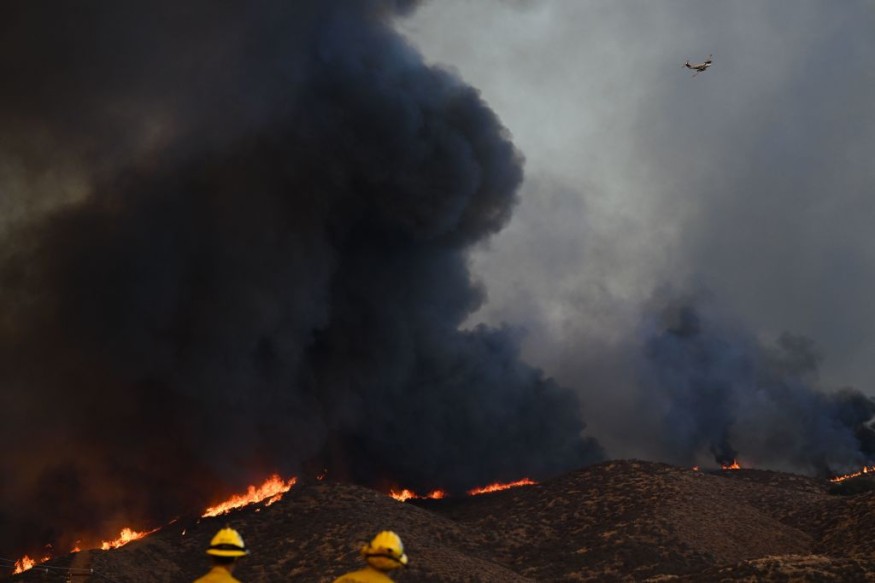Wildfire smoke from the 2020 California wildfire season blocked the skies and decreased solar power production that time, according to a study. The smoke also caused erroneous solar energy forecasts and scientists acknowledged the need for more accurate predictions.
In 2020, several thousand of wildfires occurred during the state's wildfire season, which led to deaths of multiple people, damaged properties, snarled travel, and caused the emission of smoke that were detrimental both to human health and the environment.
The 2020 California wildfires also reportedly caused pollution and the degradation of decades-long air quality gains.
2020 Solar Energy

According to the study published in the journal Environmental Research Letters in February 2022, the 2020 California wildfire smoke were responsible for solar energy forecast errors and it slashed solar power production by 10 to 30% after it darkened the skies. The wildfire smoke, along with fine particles on it, blocked incoming sunlight and solar energy in the short-term period.
The scientists behind the paper were from the National Center for Atmospheric Research (NCAR), who found that solar energy forecasts for several days that year substantially overestimated the amount of solar power that would be generated by the Sun.
The scientific team arrived at their conclusion by combining advanced computer models of wildfire smoke and meteorological conditions, as well as records of solar irradiance, and energy production.
NCAR scientists and lead author, Timothy Juliano, said wildfire activity seldom affects solar energy similar to the 2020 California wildfires, as cited by Phys.org. However, with the increasing frequency and intensity of wildfires, the 2022 study concluded that scientists should continue working to improve smoke impact predictions.
2020 California Wildfires
According to the California Department of Forestry and Fire Protection (Cal Fire), a total of 8,648 incidents of wildfires burnt a land area of 4.3 million acres, killing 33 people and destroying over 11,000 structures. Amongst these wildland fires, the August Complex fire is the largest and burnt over 1 million acres of land. It is followed by the SCU Lightning Complex fire and Creek Fire.
Cal Fire considers the 2020 California wildfire season to be a record-setting year of wildfires which occurred across the state, including the counties of Mendocino, Humboldt, Trinity, Tehama, Glenn, Lake and Colusa, Fresno, Madera, and Monterey.
The California government agency said over 4% of the state's 100 million acres of land was burnt, making 2020 the largest wildfire season on record in California's modern history.
Wildfire Smoke and Greenhouse Gases
Wildfires are known for emitting large amounts of climate-warming gases or greenhouse gases. Between 2019 and 2020 alone, California released an approximate 112 million metric tons of carbon dioxide into the atmosphere, which is equivalent of carbon from 25.4 million cars on California roads, according to the non-profit newsroom Cal Matters.
California's wildfires two years ago emitted nearly 1.2 million tons of fine particles into the atmosphere, according to the Air Resources Board, as cited by the newsroom. The particles are reportedly estimated to be over 120 times the total amount emitted by all of the state's cars, including buses, cars, and trucks, that year.
© 2025 NatureWorldNews.com All rights reserved. Do not reproduce without permission.





